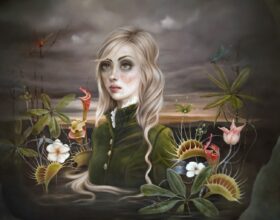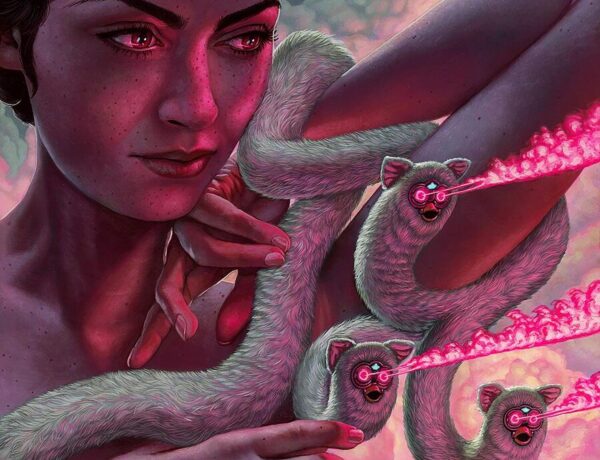Exclusive Interview With Lo Chan Peng, Grand Prize winner of the 2023 Beautiful Bizarre Art Prize, for Issue 43
It is very rarely that, as a writer, I find myself drawn between two diametrically opposite stories to tell of an artist I have interviewed. The first, and most uplifting, is the tale of Taiwanese artist Lo Chan Peng, the Grand Prize winner of the 2023 Beautiful Bizarre Art Prize. Having entered and been a finalist twice previously, Chan Peng’s 2023 entry Eternity Dawn was an overwhelming favourite of the judges.
Those who know his work will be familiar with his stunning realistic portraiture, and the soulful deconstruction that he utilises to emphasise the emotions in his pieces. With the works represented on these pages you can appreciate the mastery that he brings to his craft, but to truly experience their texture and depth, to allow the full impact of their beauty and despair, you must, if at all possible, see his works in person.
What is the job of an artist? Art is a form of communication, in the most authentic form of the artist. When viewers enter the form chosen by the artist, they enter the artist’s domain or realm – and that’s how communication happens soul to soul. This is the job of an artist.
To follow the artistic journey of Chan Peng is to follow a similar trajectory to that of many artists, an evolution of style as experimentation and new inspirations lead them to break new ground, explore new themes. Although his style could always have been described as “dark”, in the earlier years of his career there was often bright colour and use of quirky surrealism to bring a lightness to the canvas. Then, in 2016, tragedy struck, with the death of Chan Peng’s beloved wife through illness.
Always a deeply spiritual person, with an innate need to create connection and empathy through his work, Chan Peng had arrived at a nexus whereby his very world was shaken. Always driven to keep creating, the works that Chan Peng has created since, both drawings and oil paintings, have shared a common theme, no matter the subject portrayed. The results have cut to the very heart of the human condition – to live is to experience sorrow – but as Lo Chan Peng’s art so clearly shows, there is also beauty in the world.
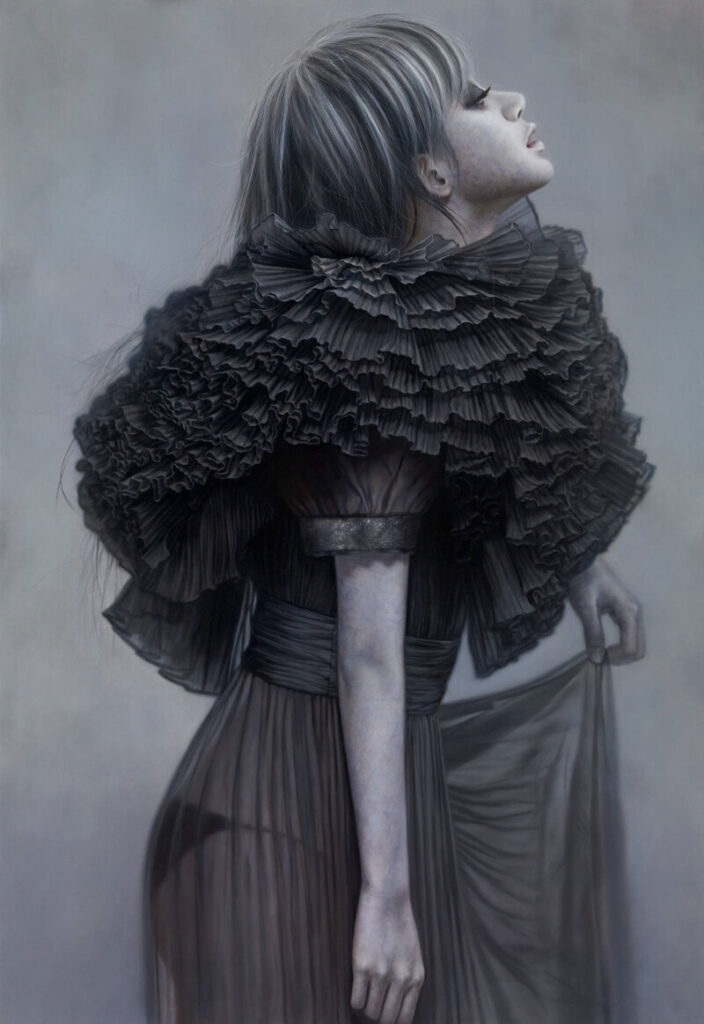

Congratulations on being selected as the Grand Prize winner of the 2023 Beautiful Bizarre Art Prize! How did you feel when you learned that you had won, and what do you hope that your win means for your practice?
Thank you! As artists, we eagerly look forward to participating in your Art Prize, as it has undeniably become a significant and influential event. Now, regarding your question, this was my third year participating in the Beautiful Bizarre Art Prize. I had been a finalist in the previous two years, and I always approached it with a sense of equanimity, treating it like an enjoyable process regardless of whether I would win.
So, when I hadn’t won in the past, I tried to keep my emotions as steady as possible. Now that I have won, I still strive to maintain that calm, though I’ll be honest, I did allow myself a day of happiness (laughs). It’s not that I’m not content with the win; I’m thrilled.
However, maintaining that equilibrium and focus is crucial to me. It’s a form of mental discipline. Because painting is a rather direct art form, it flows directly from our hands onto the canvas. This means that a part of the artist’s soul is also directly captured in the artwork when they can paint as naturally as they breathe.
As for my practice, I’ve always aimed to immerse myself in a broader world, to travel to different countries, learn more, and continually grow without constraints. I’ve been trying to do this all along, but there have been limitations. I hope that this award will enable me to realise this long-term goal and continue to find joy in growth.
Please tell us about the work you submitted to the Art Prize, “Eternity Dawn”. What were your thoughts and inspiration when creating this painting, and why you selected this work in particular for your entry.
At a certain point in my life, I went through a period of darkness, during which I feared the arrival of night. I would wake up at five in the morning, lying in bed, waiting for dawn. I imagined myself lying on a beach, with the waves washing over me, submerging me, and then receding, and I would remain there, waiting until the sky gradually brightened. It was at that moment that I felt profound tranquillity, and I prayed for time to stand still, as it was the truest sense of serenity I had ever experienced.
There is a fine line between tranquillity and madness, and I felt like I was standing on that line, as fragile as a strand of hair. I had to concentrate entirely to stay on the side of tranquillity and prevent myself from slipping into the realm of madness.
Since then, I’ve felt that every painting I create is an attempt to capture that moment. In Indian philosophy, there is a deep understanding of the concept of a moment, with different words in their language denoting various durations of a moment. They believe that there are eighteen different units of time within the concept of “a moment”. I experienced something similar at that moment—it can be remarkably lengthy.
As for why I chose this particular work for the competition, I mentioned earlier that I have participated in the Beautiful Bizarre Art Prize for three consecutive years. Each year, I submitted what I believed to be my best work at that time. So, the reason is quite simple: when I was preparing for the 2023 competition, I had just completed this piece.

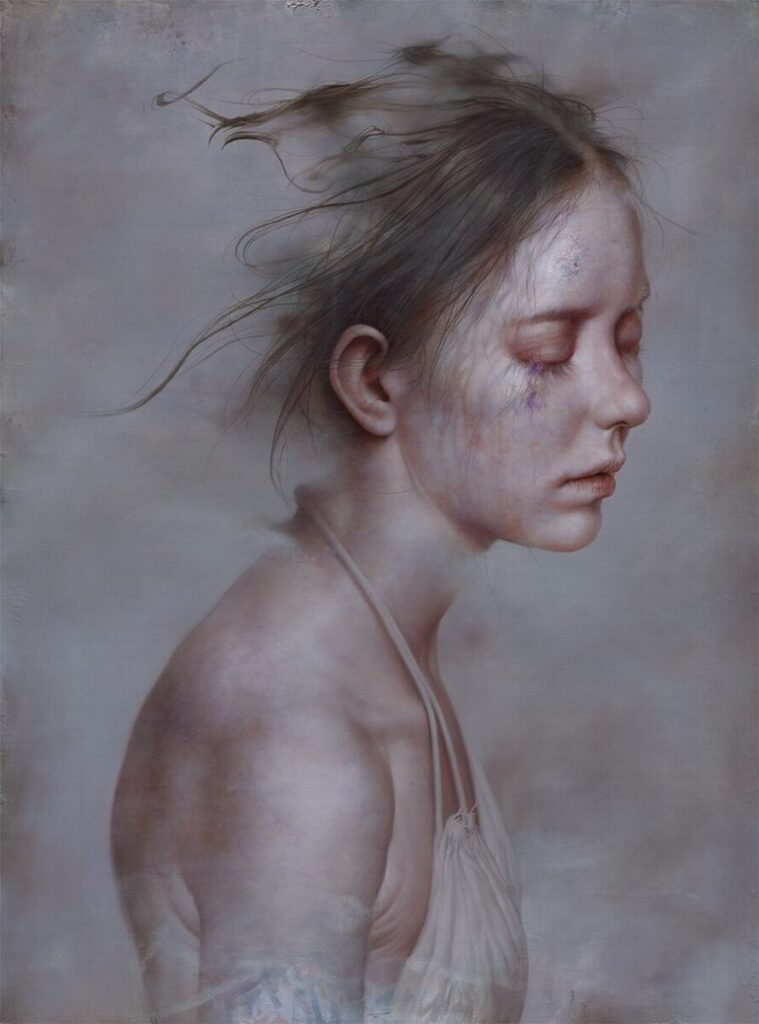
What was your process for creating “Eternity Dawn”, from conception to finished work?
The image in my mind for this piece was clear from the very beginning, and everything flowed smoothly. I knew it would be a good piece from the first stroke. I only struggled during the final stages. At that point, I was debating whether to introduce more “destruction” into the composition. My works typically go through a phase of destruction and then rebuilding, as I feel that I need to go through a certain level of struggle to truly infuse my soul into the canvas.
There is a sense of sorrow in the expressions in much of your portraiture, what brings you to convey this in your art?
Yes, in 2016, I went through the painful experience of losing my wife to illness. During that time, I experienced unimaginable grief and had many profound and mysterious encounters. However, I don’t want to dwell too much on the experiences that might make me sound like a madman (laughs). I want to focus on the rational aspect. In essence, I went through a unique state where spirituality and reason interacted, and it was difficult for me to distinguish what was the “reality” of this world. In retrospect, I found that this experience was quite similar to the realm of art.
You participated in your first exhibition in 2004, how do you feel that your work has evolved over the years since then?
Oh, yes, I think you’ll notice that I’ve always focused on portraiture, but the layers of concern have evolved. Initially, I depicted friends and people in my immediate surroundings. Then, as I grew personally, I attempted to capture the culture of a part of Taiwan’s population. In recent years, I’ve started portraying historical figures and children affected by wars (I call them “Historic Movers & Shakers, and the Doomed”). I believe the themes I care about have continued to expand.
Many artists I have spoken to who have fine art qualifications have said that figurative art was often looked down upon by their institutions and lecturers. What was your experience like as a student?
Every school has its own positioning and style. The school I attended is considered one of the best for figurative painting in Taiwan, so I didn’t encounter that kind of situation. However, I completely understand that such attitudes can prevail in schools that prioritise different styles. Nevertheless, figurative art, like all forms of art, has both good and bad works. When we assess a piece of art aesthetically, we inevitably consider context. In my opinion, I don’t judge the quality of art solely based on its form.
Can a bad concept become good just by changing its form? Or does it suddenly become worthy of discussion? I know many young artists struggle with this, and some even compromise and become something other than their best selves. It’s regrettable. I hope that my success in winning this award can serve as encouragement. We only need to be ourselves, strive to be our best selves, and do the most elevated version of what we feel we’re capable of. Don’t succumb to the world, never.
Now, on the other side of the lectern as an Associate Professor in the Department of Art of Creative Design at Hsuan Chuang University, what do you hope to impart to your students?
I believe that in this era, there are too many things vying for our attention, making it difficult for us to focus. Even various forms of media encourage us not to focus. However, ultimately, it’s only through focus that dreams can be achieved.
For the first time this year we have added an Emerging Artists category to the Beautiful Bizarre Art Prize. Do you have any advice for artists at this stage of their career and perhaps on the value of entering competitions such as ours?
I think that’s what makes the Beautiful Bizarre Art Prize great. I can feel the founders’ passion for art in their words and actions, and they put it into practice. This is truly remarkable, and I have great respect for it. I also hope to contribute to the Beautiful Bizarre magazine community after receiving this award.
I believe my experience can be shared with young artists. I participated in the Beautiful Bizarre Art Prize three times, and yes, I was certainly disappointed when I didn’t win. But I didn’t give up. I hope we can all enjoy both success and failure. My past experiences have taught me to be cautious at the peak of success and to be prepared when I find myself in the depths of failure, because opportunities can arise at any moment. Success and failure are never the focus; the focus is whether we are pursuing the highest version of ourselves.
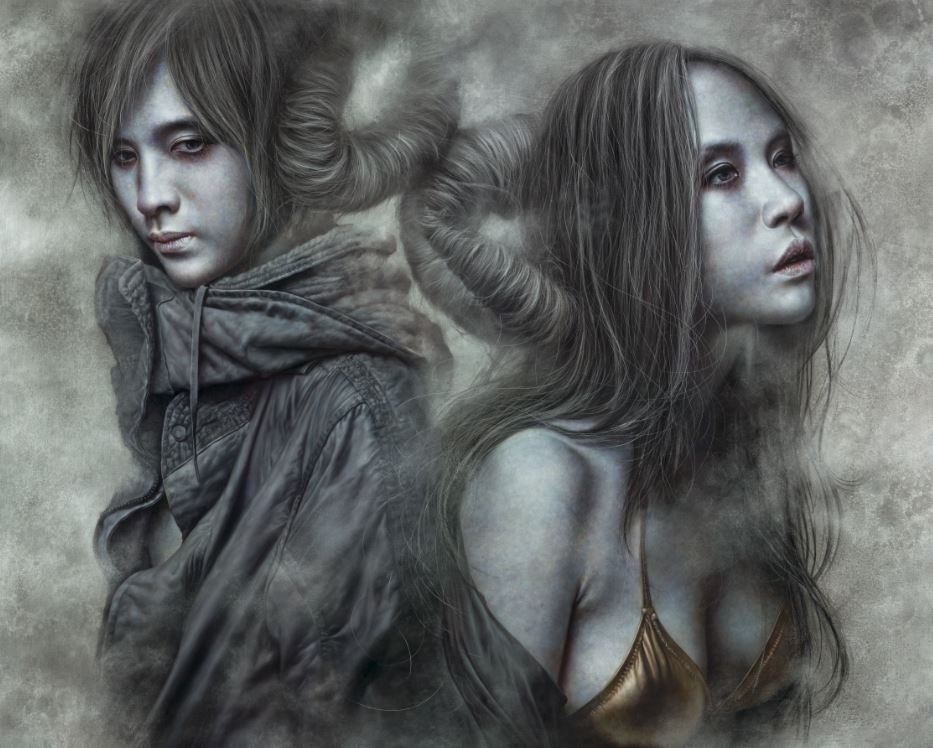
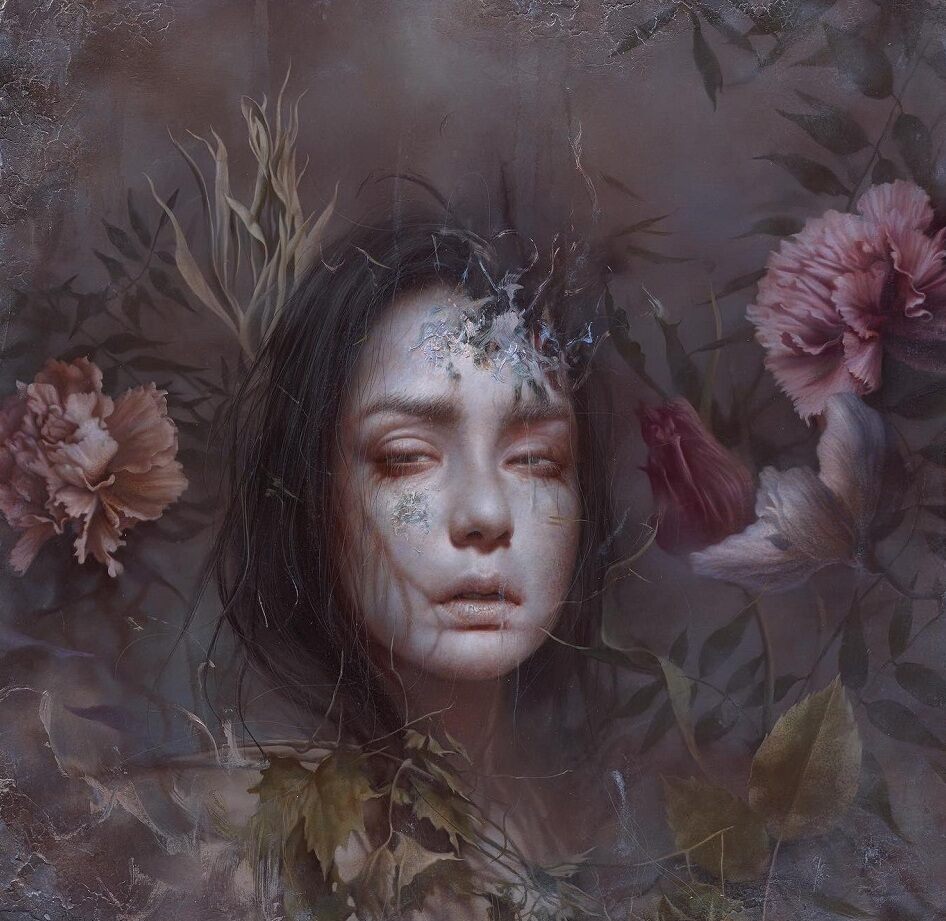
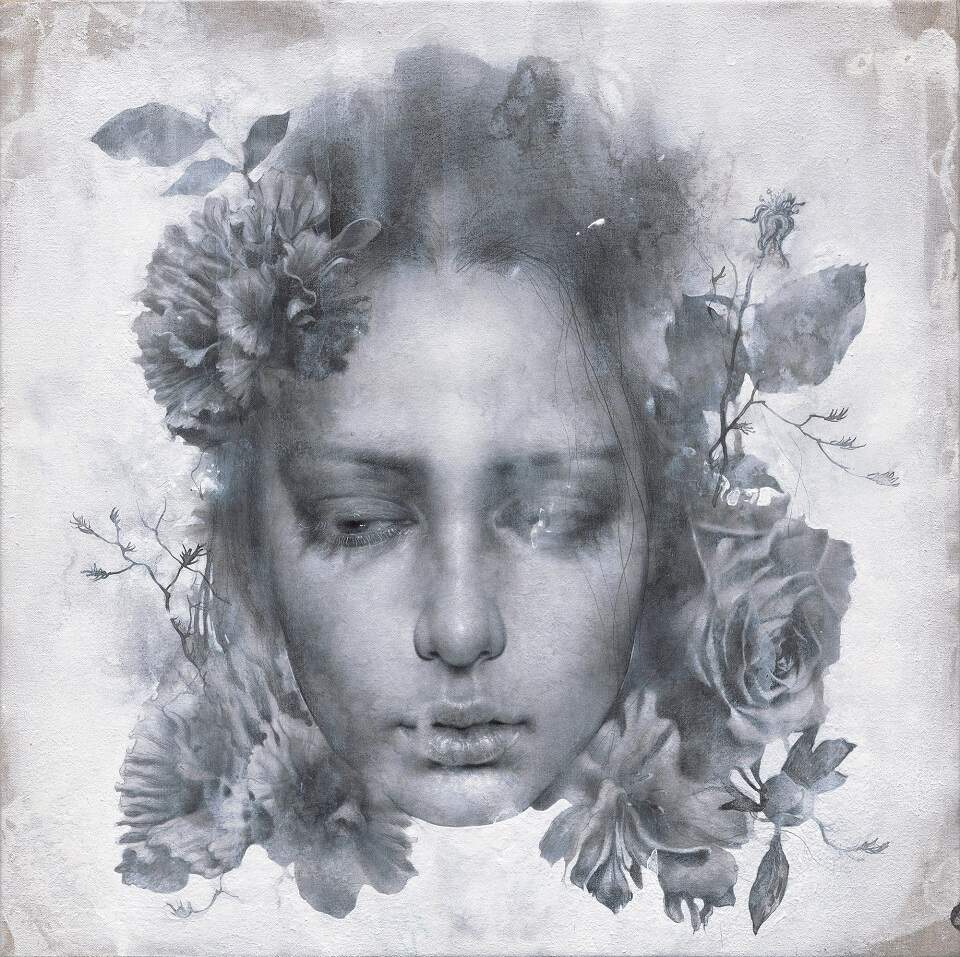
Your works are in the collections of many museums internationally, could you tell us which brings you the most personal satisfaction, and why?
I have great appreciation for all the museums, but if you had to ask me which one is unique, I would choose the Hoki Museum in Japan. Firstly, this remarkable museum exclusively collects post-World War II to contemporary Japanese realistic artists, which is their renowned focus. Being included as one of the very few non-Japanese artists in their collection is a tremendous source of satisfaction for me.
Moreover, there is a bridge between the Hoki Museum and me, and that bridge is Mr. Suchi, the owner of Gallery Suchi, a highly discerning gallery owner. Unfortunately, he passed away from this world the day before I learned about winning the Beautiful Bizarre Art Prize.
I deeply regret that he couldn’t see his astute eye validated through this honour. I believe all of this has forged a profound connection between me, Mr. Suchi, and the Hoki Museum.
I have noticed that you have included ornate gold leaf embellishments on some of your recent
paintings. What were your thoughts behind this, and is it something that you will continue?
This was inspired by my travels in Italy. When I was in Italy, I noticed decorative frames everywhere. These decorative frames originally came from architecture, where beams and columns in buildings became frames for murals. Later, when oil paintings were done on canvas (which could be moved), the frames became portable alongside the paintings.
Similarly, many places in architecture were adorned with frames, and in noble architectural designs, these frames often carried the family’s patterns. Each of these patterns had its own story. In some cases, these patterns weren’t presented in sculptural form but were painted, using gold to create a realistic illusion.
At the time, there was a concept – the symbolic presence of figures within the frame (often Greek gods or Christian figures like Jesus) – and it was seen as a “real entity beyond the window.” This meant that we and the divine existed in the same space in the pre-Enlightenment era.
All of these concepts became inspirations in my paintings. Of course, I wanted my work to encompass past and contemporary, Eastern and Western cultures, so I’ve undergone many contemporary transformations and incorporated symbols and metaphors I’ve designed from various cultural and historical relationships. It’s like a game for me.
I’m currently working on a large painting for this series, and if everything goes well, I plan to continue experimenting with this approach.
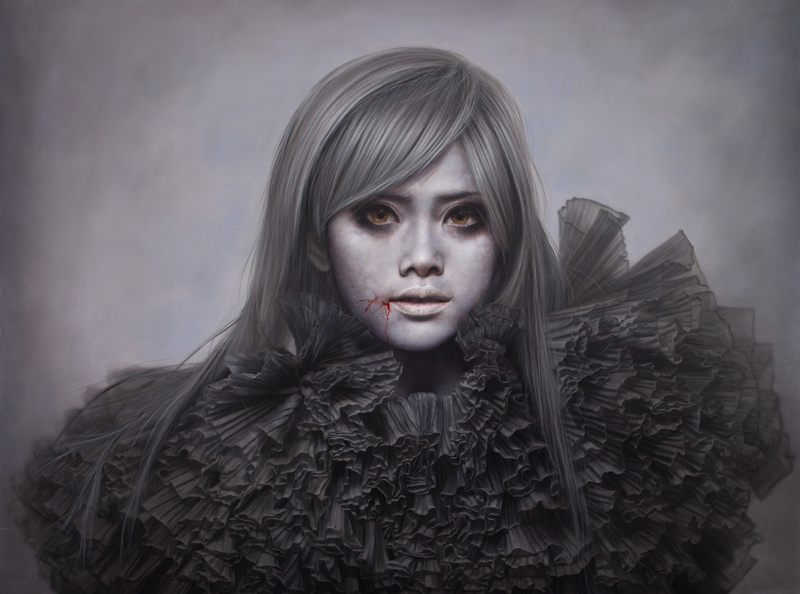
Are there other ways that you would like to evolve your practice, other mediums that you would like to incorporate into your work?
What is the job of an artist? Art is a form of communication, in the most authentic form of the artist. When viewers enter the form chosen by the artist, they enter the artist’s domain or realm – and that’s how communication happens soul to soul.
This is the job of an artist. So, what I consider is whether what I’m doing is the most authentic expression of myself. When I discover that there are other mediums that allow me to be more true to myself, I’ll explore them. I want to emphasise that choosing a medium must have a deeply personal reason; otherwise, it’s meaningless.
We are eager to see your work for the Serendipity exhibition at Haven Gallery in Northport, New York, in November! Do you have any longer-term artistic dreams that you wish to pursue?
Thank you! I’m looking forward to it and honoured to be a part of it! I’m working on it, and I hope everyone will enjoy the piece.
As I mentioned earlier, I have always wanted to settle in different cities around the world and create for a while to pursue my growth. I hope my art can become a summation of human culture, bridging the past and the present, the East and the West.





